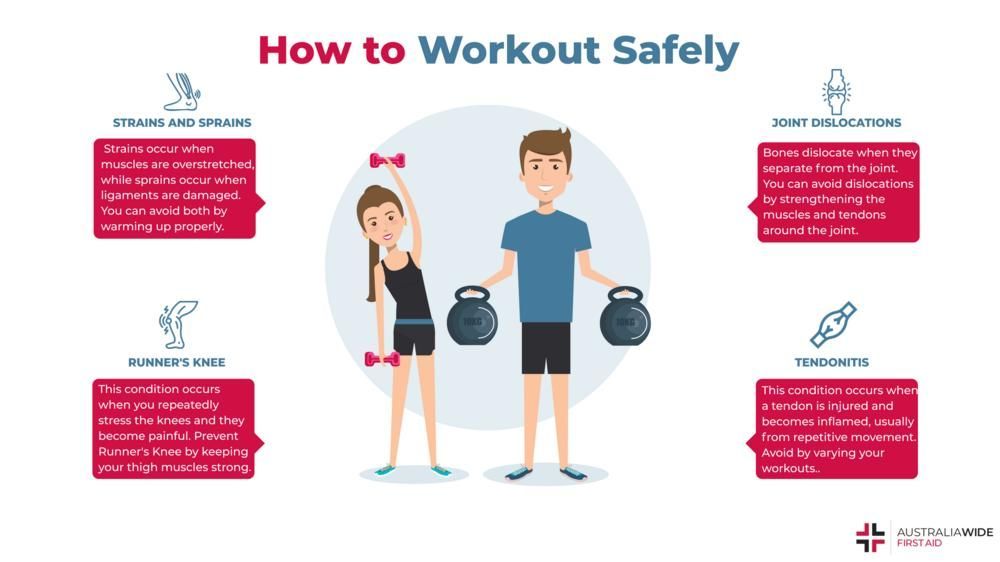Endurance is a crucial factor in any athlete’s performance, whether you’re a runner, cyclist, or swimmer. Interval training is a popular method for improving endurance and overall fitness levels. By incorporating intervals into your workout routine, you can push your body to new limits and see significant improvements in your endurance.
What is Interval Training?
Interval training involves alternating between periods of high-intensity exercise and low-intensity recovery. This type of workout challenges your body in different ways than steady-state cardio, which can help improve your overall endurance and cardiovascular fitness. By pushing yourself to your limits during the high-intensity intervals, you train your body to work more efficiently and effectively during longer workouts.
Benefits of Interval Training
Interval training has numerous benefits for athletes looking to improve their endurance. Some of the key advantages include:
Improved cardiovascular fitness
Increased endurance
Enhanced speed and power
Greater calorie burn
Shorter workout times
By incorporating interval training into your routine, you can see improvements in all of these areas and take your fitness to the next level.
How to Incorporate Interval Training into Your Routine
Here are some tips for incorporating interval training into your routine to boost your endurance:
1. Choose Your Intervals Wisely
When designing your interval workout, consider the length of your high-intensity intervals and the recovery time in between. Shorter intervals (30 seconds to 1 minute) with shorter recovery periods can help increase your speed and power, while longer intervals (2-5 minutes) with longer recovery periods can improve your endurance. Mix and match different interval lengths to keep your workouts challenging and engaging.
2. Monitor Your Intensity
During the high-intensity intervals, push yourself to work at 80-90% of your maximum effort. You should be breathing heavily and feeling challenged by the workout. During the recovery periods, allow your heart rate to come down before starting the next interval. By monitoring your intensity levels, you can ensure that you’re getting the most out of your interval workout.
3. Progress Gradually
Start with shorter intervals and build up to longer ones as your fitness improves. Gradually increase the intensity and duration of your intervals over time to continue challenging your body and seeing improvements in your endurance. Remember to listen to your body and take rest days as needed to prevent injury and overtraining.
Sample Interval Workout
Here is a sample interval workout to help boost your endurance:
Warm-up: 5 minutes of light cardio (jogging, cycling, etc.)
Intervals:
1-minute sprint (80-90% effort)
2-minute recovery jog
Repeat 5 times
Cool down: 5 minutes of light cardio and stretching
Remember to adjust the intervals and intensity levels to match your fitness level and goals.
Conclusion
Interval training is a highly effective way to boost your endurance and overall fitness levels. By incorporating intervals into your routine and pushing yourself to your limits, you can see significant improvements in your cardiovascular fitness, endurance, and speed. Whether you’re a seasoned athlete or just starting out, interval training can help take your fitness to the next level. Give it a try and see the results for yourself!
